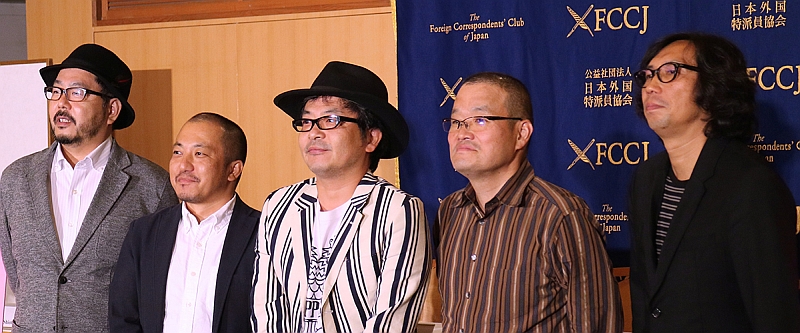CLOSE-KNIT
“Unconventional” is an adjective that describes nearly all of Naoko Ogigami’s characters, from the Japanese women who open a washoku restaurant in Helsinki (Kamome Diner, 2006) to the frazzled city dweller who learns how to “twilight” on a quaint island (Megane – Glasses, 2008), to the grandmother who longs for a Toto Washlet while living overseas (Toilet, 2010), to the young woman who rents cats to people who need pet therapy (Rent-a-Cat, 2012).
So it comes as a surprise that while the writer-director’s first new film in 5 years, Close-Knit, includes its share of unconventional characters — including a transgender woman as the protagonist — it is really her most conventional work yet, if “conventional” is understood to mean “sure to appeal to a broad audience.”
Appearing at FCCJ shortly before she was due to leave for the film’s world premiere at the Berlin International Film Festival, and speaking without an interpreter, Ogigami explained why Close-Knit feels different: “One of my challenges was, I’m really fed up with people calling my films iyashi-kei eiga [akin to ‘films that promote emotional healing,’ a genre that Ogigami has been credited with starting], and I wanted to do something new. I think I have done something new, and if it attracts a different audience, that’s great. My previous films were almost all fantasies, so I tried to make this more realistic.”



